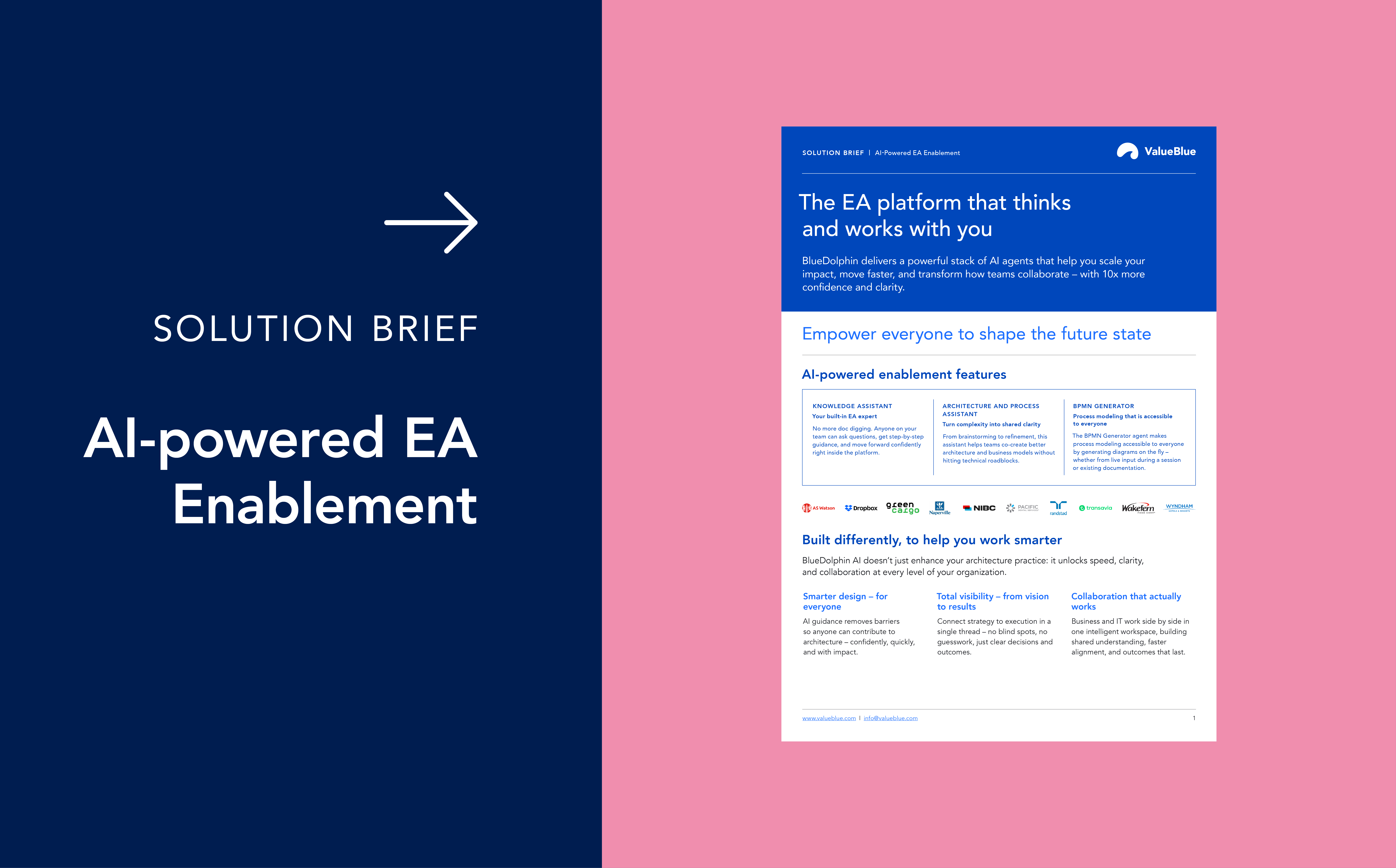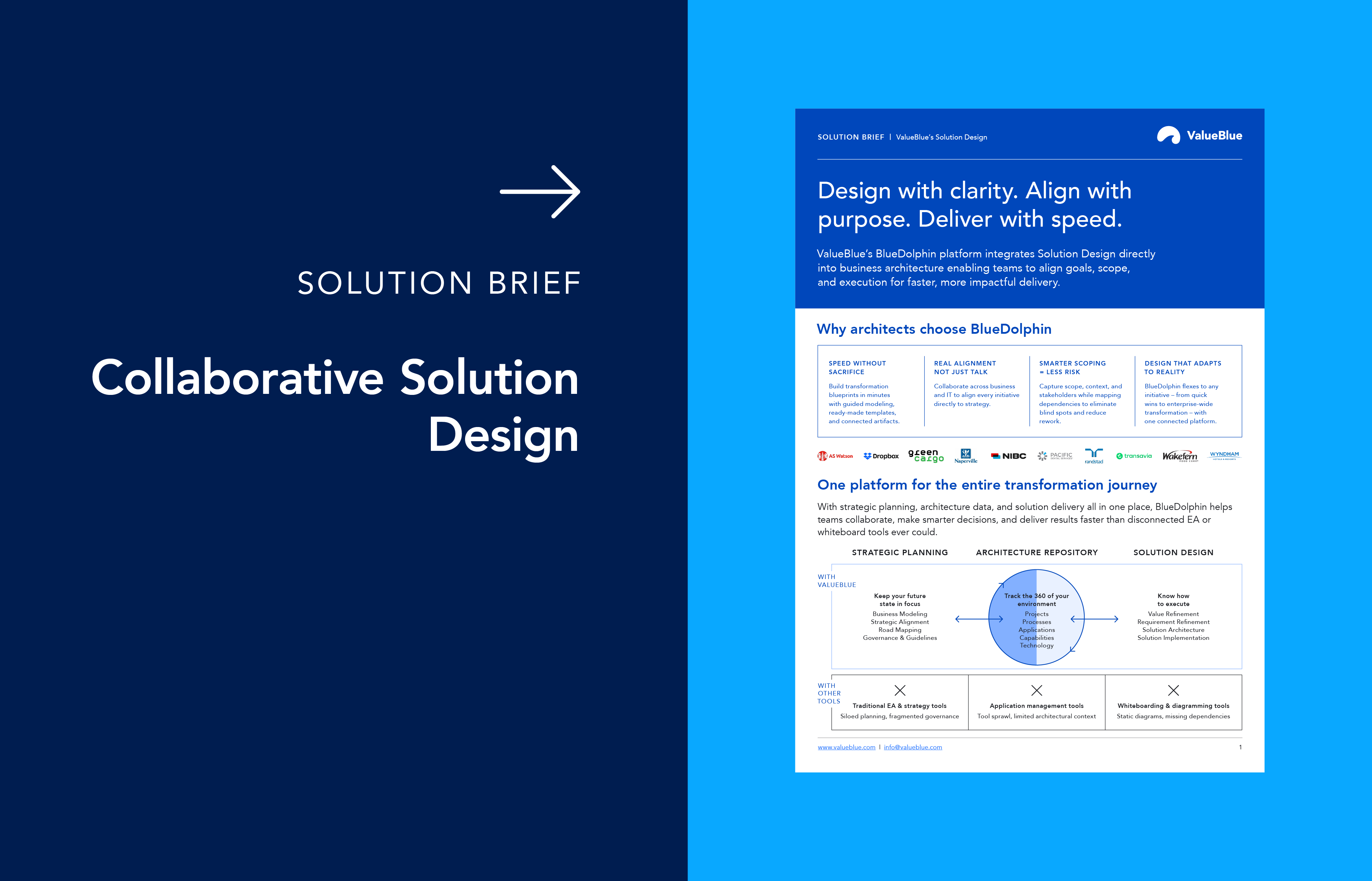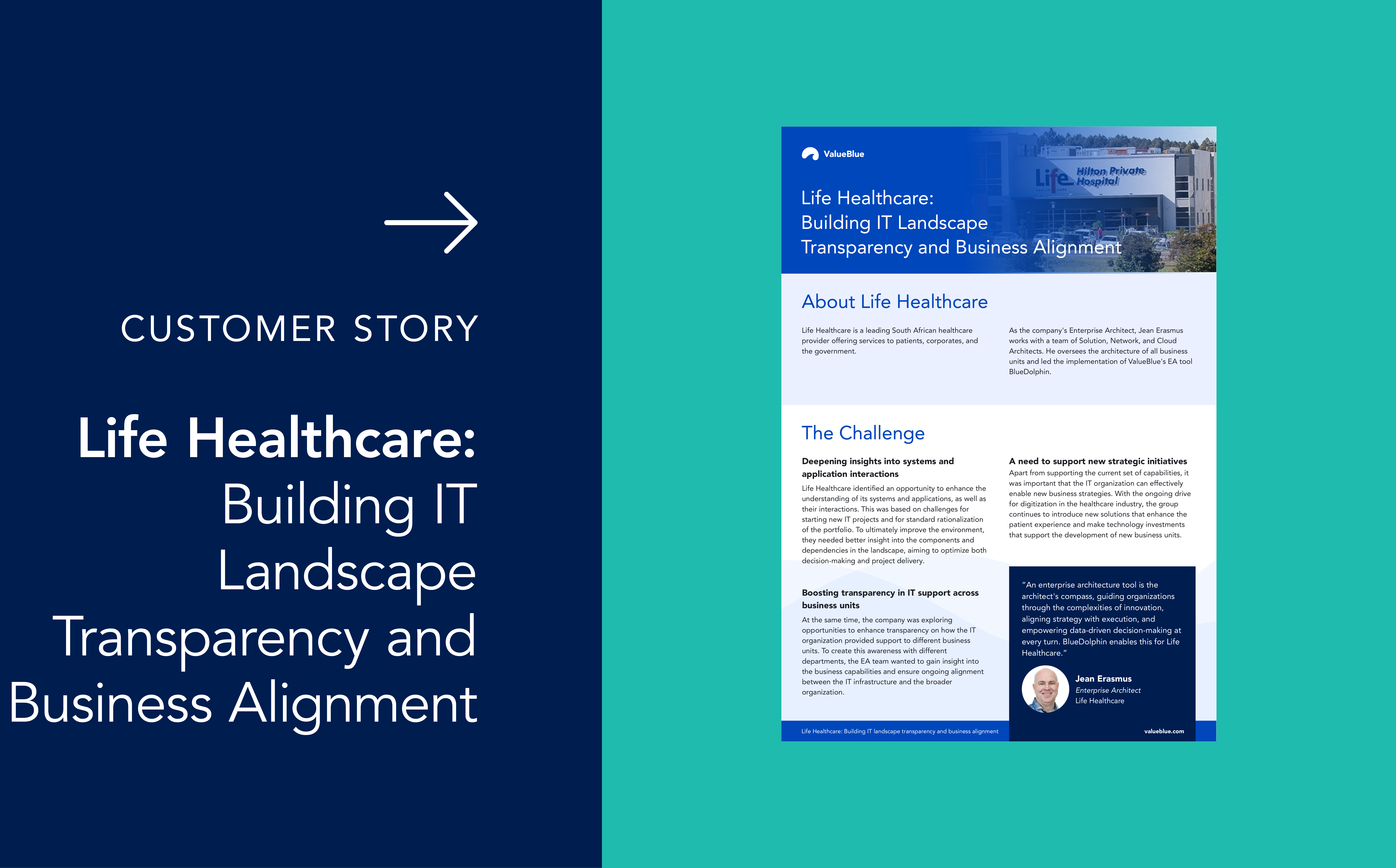Is Business Transformation possible without Solution Design?
Executing Business Transformation without Solution Design is highly challenging and often leads to a less effective or inefficient transformation. While it is theoretically possible to undertake some aspects of transformation without a formal Solution Design process, doing so typically exposes the organization to significant risks. Solution Design is a crucial component of a successful Business Transformation, providing the structure, guidance, and strategic alignment needed to ensure that changes are implemented effectively and sustainably.
In this article, we will explore why Solution Design is indispensable when executing a Business Transformation and the potential consequences of proceeding without it.
What is Solution Design?
Solution Design is the process of defining and detailing how a particular transformation or change initiative will be executed. It involves outlining the technical, process, and organizational structures required to achieve the desired outcomes. This can involve designing new technology systems, workflows, and processes and aligning these elements with the organization's strategic goals.
In essence, Solution Design connects the “what” (the desired outcome of the transformation) with the “how” (the practical steps, resources, and tools needed to achieve that outcome).
Why Solution Design is essential in Business Transformation
It ensures alignment with business goals
One of the most critical roles of Solution Design is ensuring that all aspects of the transformation align with the business's overall strategy and goals. Business Transformation involves significant changes in processes, technology, and sometimes even culture. Without Solution Design, there is a higher risk of disjointed or conflicting objectives. For example, implementing a new technology system without properly aligning it with existing business processes could lead to inefficiencies, duplication of effort, or even failure to deliver on the original transformation goals.
By clearly defining the solution upfront, Solution Design ensures that each change aligns with the larger business strategy, thereby supporting the company's long-term vision. It provides a roadmap that enables teams to understand how each component contributes to the broader organizational objectives.
It prevents costly mistakes and reduces risks
Business Transformation initiatives are often expensive and time-consuming. Without the guidance of a well-thought-out Solution Design, organizations can make costly mistakes. For instance, they may invest in technology or processes that don’t integrate well with existing systems, leading to inefficiencies, system downtime, and unanticipated costs.
Solution Design helps mitigate these risks by identifying potential roadblocks, challenges, and integration points in advance. This allows for a more accurate estimation of costs and resources and better expectations management. Moreover, thorough Solution Design helps proactively address security, compliance, and scalability issues that might otherwise lead to unforeseen problems later on.
It facilitates effective change management
Change management is an essential part of any Business Transformation. Introducing new systems, processes, or technologies requires clear communication, training, and support to ensure employees can successfully adopt the changes. Solution Design is crucial to creating a well-organized change management plan, ensuring the transformation doesn’t overwhelm employees or cause resistance.
Without Solution Design, there may be confusion about implementing or using new systems. Employees might be left to figure out the new processes or technology on their own, leading to frustration, errors, and delays. A structured Solution Design provides clarity on timelines, training, and support, making it easier to communicate and manage change within the organization.
It supports scalability and flexibility
A Business Transformation is not just about making changes for today but also positioning the company for future growth and agility. Solution Design provides the structure for scaling and adapting over time. Whether it's technology, processes, or workforce management, a well-designed solution ensures that the changes made during the transformation can evolve as the business needs evolve.
For instance, when implementing an Enterprise Resource Planning (ERP) system, Solution Design helps ensure the system can scale as the company grows, handle new business units or locations, and integrate with other systems. Without this foresight, the company might end up with a solution that is not flexible enough to support future needs, which can lead to the need for more costly changes down the line.
It ensures efficient resource allocation
Business Transformation initiatives often require the allocation of significant resources, including time, money, and personnel. A proper Solution Design enables the organization to allocate these resources effectively by identifying the most critical areas of transformation and ensuring that the right resources are assigned to the right tasks.
Without Solution Design, companies risk spreading their resources too thinly or investing too heavily in the wrong areas. This can lead to inefficiencies, delays, and a lack of focus on the most critical elements of the transformation. Solution Design helps prioritize initiatives based on impact, feasibility, and alignment with strategic goals, making it easier to stay on track and avoid wasting valuable resources.
Potential risks of executing Business Transformation without Solution Design
Lack of strategic direction
Without Solution Design, a Business Transformation can quickly become fragmented. Teams may pursue different goals or misinterpret what the transformation is trying to achieve. Without a well-documented Solution Design that ties all elements of the transformation together, it’s easy for the initiative to lose its focus. This lack of cohesion can result in different departments or units working toward divergent objectives, undermining the overall success of the transformation.
Missed opportunities for innovation
Business Transformation often presents opportunities for innovation, whether through adopting new technologies or creating new ways of working.
Without a structured Solution Design process, these opportunities might be overlooked or mismanaged. For example, during a company's digital transformation, Solution Design might identify ways to automate manual processes, enhance customer experiences, or use data more effectively to drive decision-making. Without this foresight, these innovative opportunities could be missed, leading to a transformation that simply replaces old systems with new ones rather than creating meaningful improvements.
Integration challenges
Business Transformations often involve changes to multiple systems, processes, or teams. These changes need to work together seamlessly to avoid disruptions in operations. Solution Design includes a comprehensive review of how these systems, processes, and teams will be integrated, ensuring that new solutions can be adopted without causing chaos. Without Solution Design, integration is often an afterthought, leading to incompatibilities, data silos, and operational inefficiencies.
Resistance to change
Without a clearly defined Solution Design, employees may resist transformation, not fully understanding the reasons for change or how it will affect their roles. Solution Design is critical in managing this resistance by providing a clear roadmap, setting expectations, and addressing potential concerns. Employees who understand the "why" behind the changes and how the transformation will unfold are more likely to be engaged and proactive throughout the process.
You do need Solution Design in your Business Transformation
While it is possible to execute certain aspects of Business Transformation without a formal Solution Design process, doing so significantly increases the risk of failure. Transformation initiatives without a structured Solution Design often face challenges such as misalignment with business goals, inefficient use of resources, integration difficulties, and resistance to change.
Solution Design is essential for creating a clear, cohesive plan integrating technology, processes, and people. It ensures that all elements of the transformation work together to achieve the desired outcomes. Solution design enables businesses to execute their transformations with clarity, efficiency, and foresight, maximizing the potential for success while minimizing risks and costs.
In short, a Business Transformation executed without Solution Design is more likely to encounter unforeseen challenges, which could compromise its effectiveness. Solution Design is not just beneficial; it is an absolute necessity to ensure that transformation efforts deliver long-term value and achieve their intended goals.





